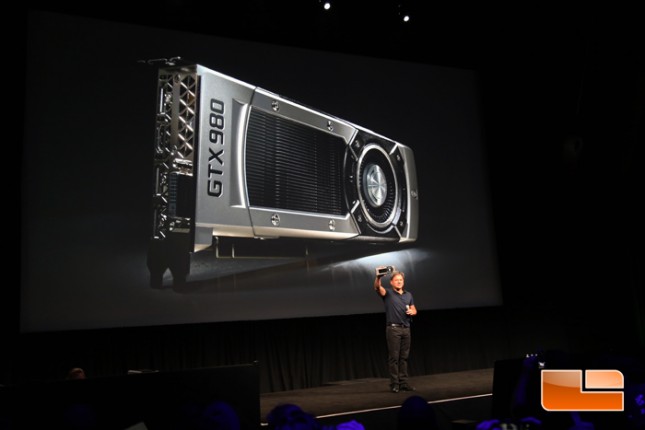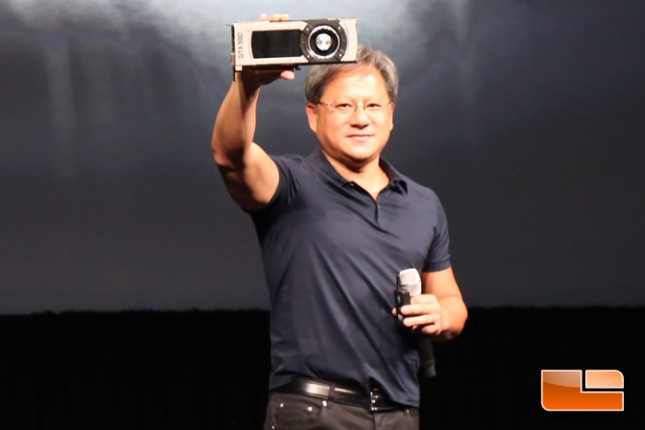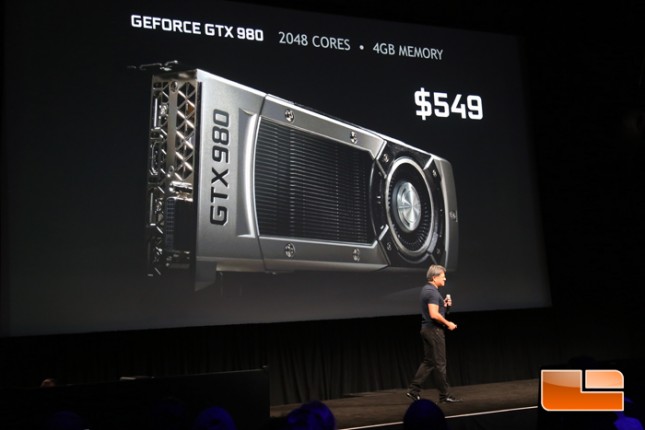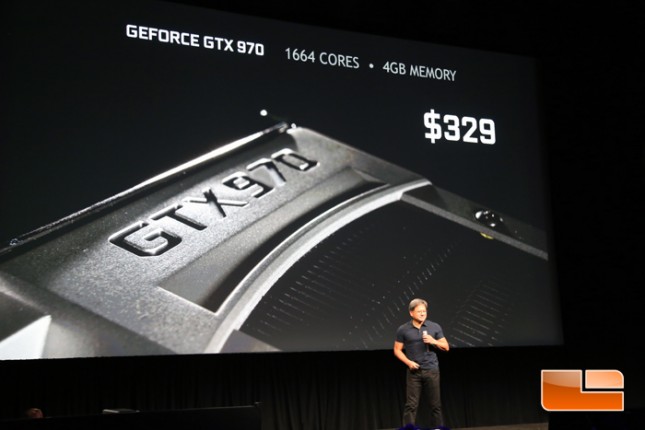Gaming and Partying at NVIDIA GAME24 in Los Angeles
Maxwell Presentation and GeForce GTX 980 Launch
NVIDIA shirts were thrown into the crowd while guests were settling down into the seats. When the hangar door was closed, Jen-Hsun Huang took to the stage.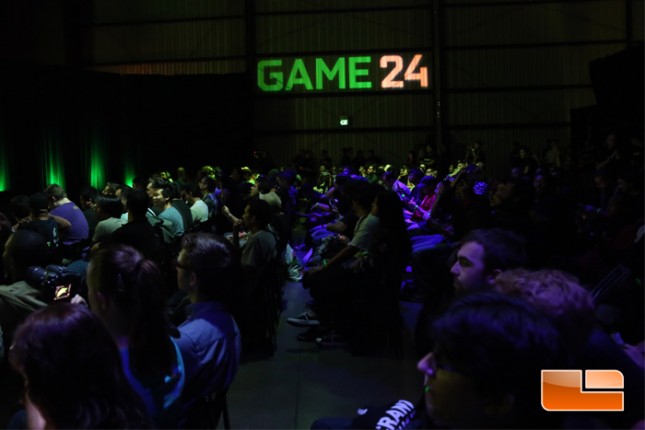
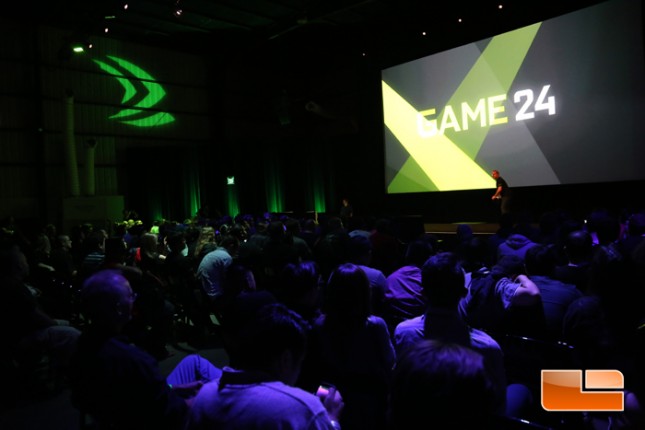
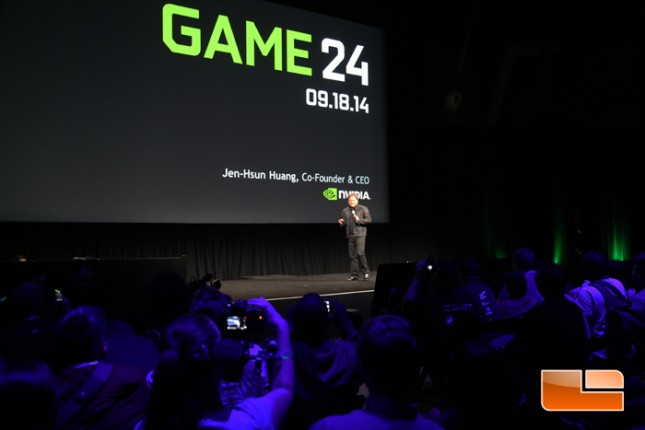
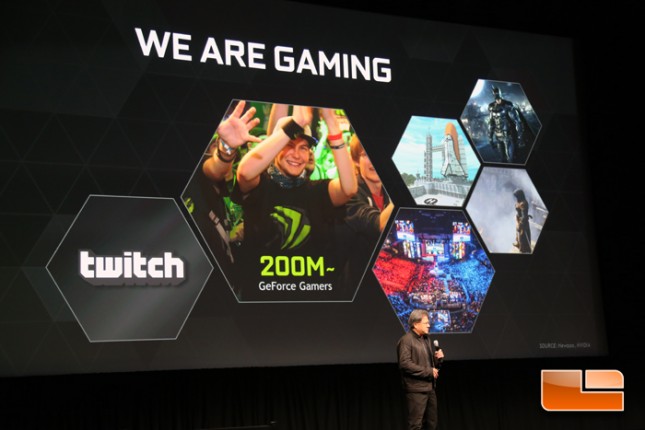
Maxwell was first released in the form of the GTX 750 Ti and GTX 750, but the architectural improvements to efficiency were substantial. Power consumption and performance-per-watt were not the only targets for efficiency. Multi-frame anti-aliasing (MFAA) was presented as a more efficient alternative to multisample anti-aliasing (MSAA.) Jen-Hsun implied that a high-end Maxwell part would see great gains to its overclocking capabilities with these improvements.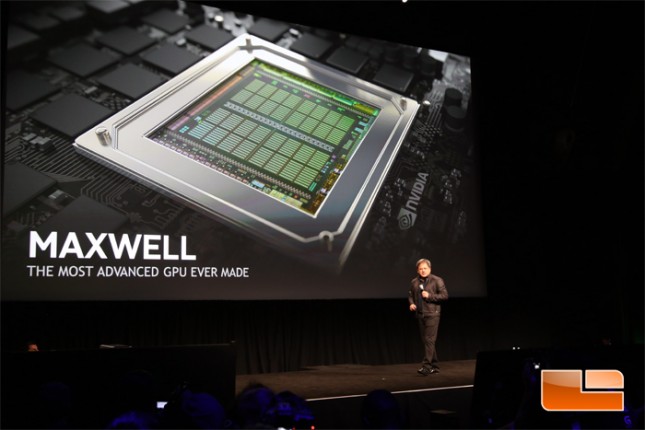
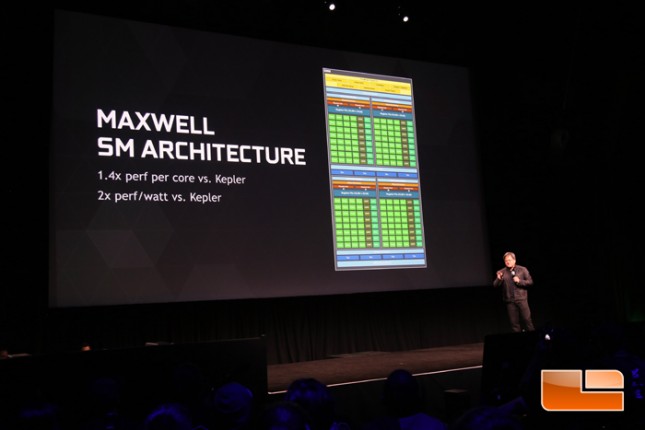
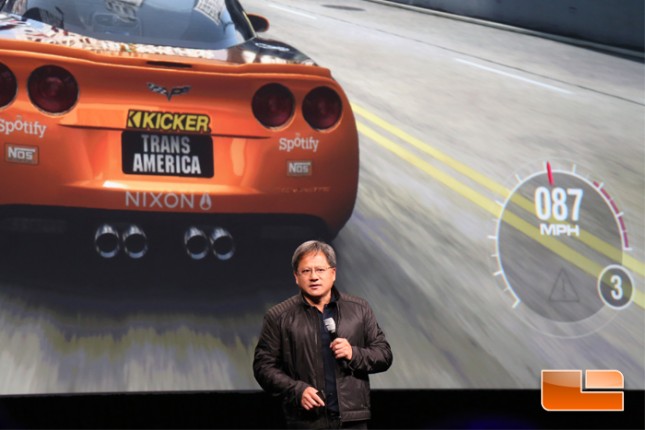
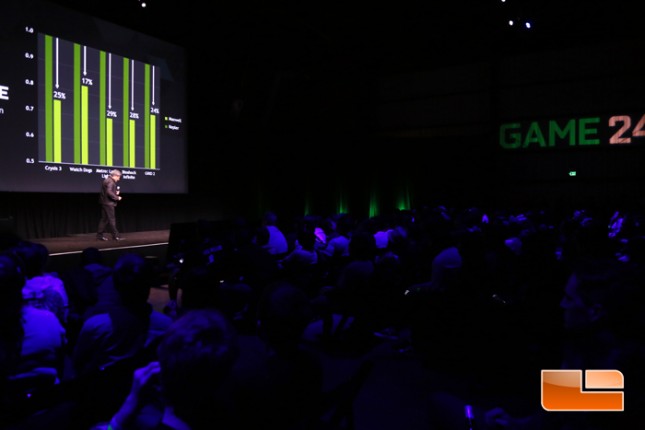
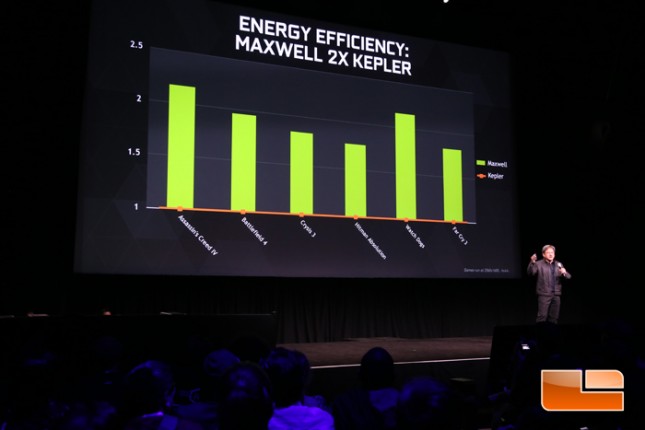
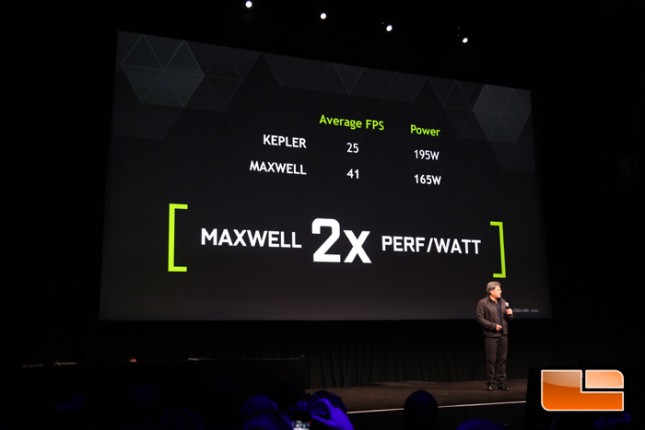
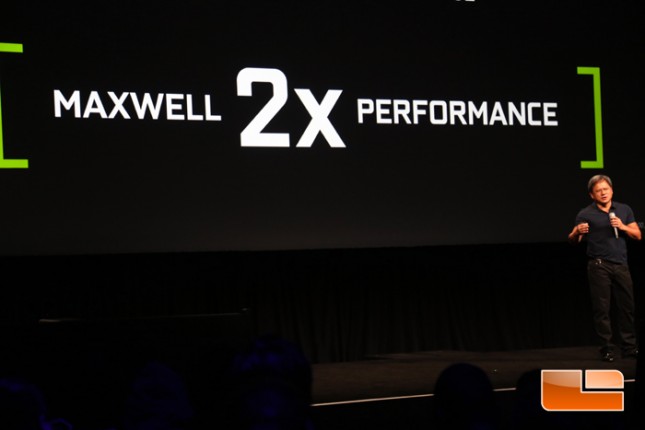
Virtual reality is still not ready for the mass market, but the Oculus Rift has already demonstrated to be affordable and highly capable. NVIDIA has experience with 3D technology and so it wasn’t far from an impossible task for them to begin working on improving VR and integrating it with NVIDIA GPUs. Jen-Hsun explained asynchronous warp which basically a Maxwell GPU can assume head movement and render ahead of time to reduce the latency normally experienced when that movement is captured, then processed, and then outputted to graphics.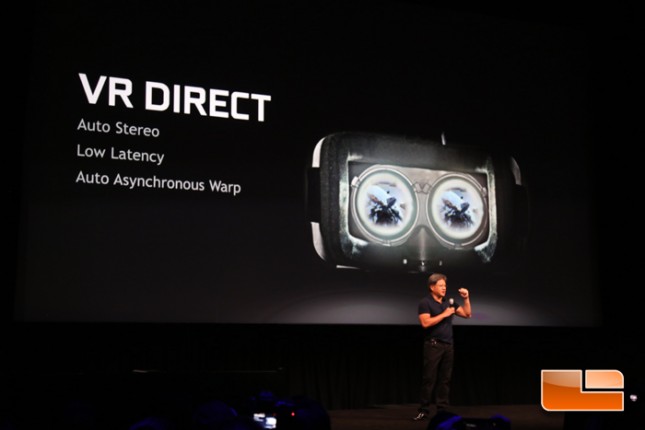
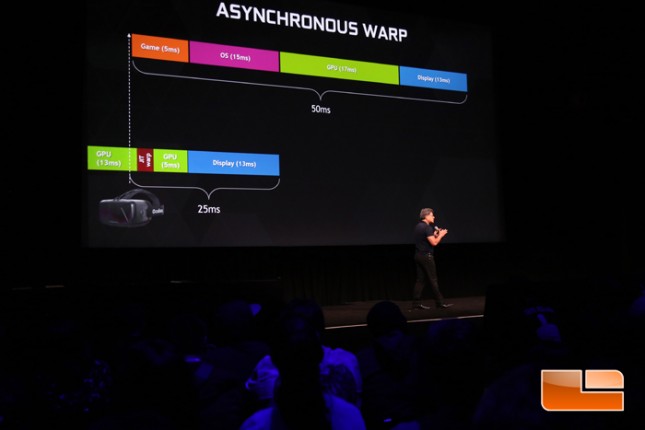
The final demonstration was how Maxwell can use algorithms to compute global illumination despite its performance limitations. Realistic looking lighting in computer graphics is still very difficult to replicate and supercomputers need time to render a complex scene with many light rays to produce a frame with an acceptable level of realism. The Apollo 11 Lunar tech demo shows how Voxel Global Illumination (VXGI) can produce detailed reflective graphics in real time by aggregating light rays and surface textures.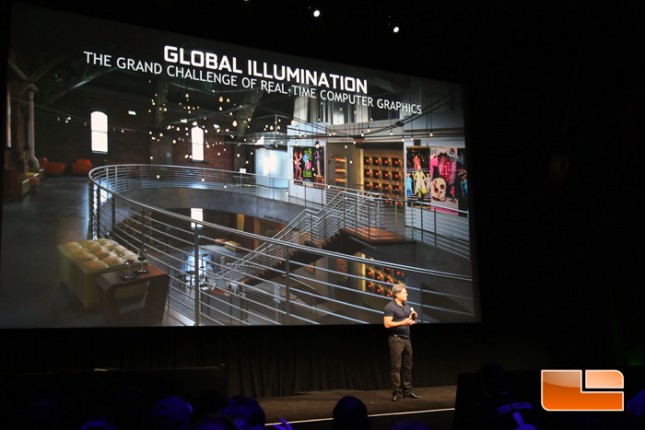
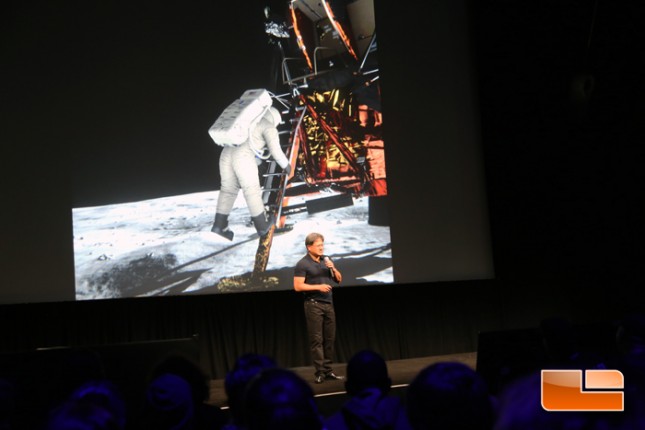
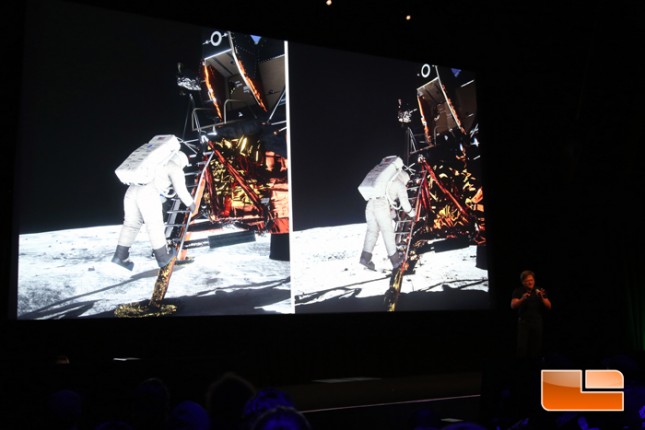
The Maxwell presentation concluded with the public reveal and launch of the GeForce GTX 980 and GTX 970, of which the former was shown on stage.